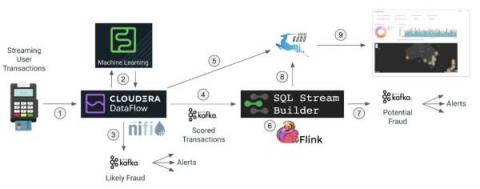Does Financial Crime Increase During a Recession?
The dynamic and interconnected world of global ecommerce, crypto currencies, and alternative payments places increased pressure on anti-financial crime measures to keep pace and transform alongside these initiatives. Consumers worldwide are projected to use mobile devices to make more than 30.7 billion ecommerce transactions by 2026, a five-fold increase over the 6.1 billion predicted for 2022.




